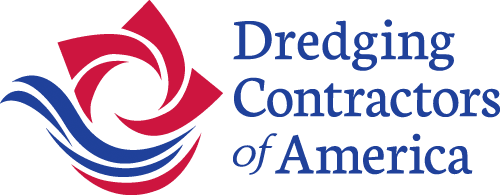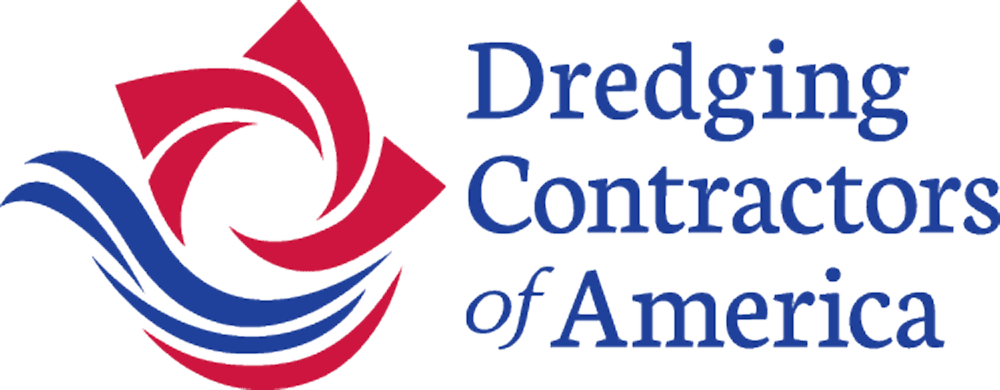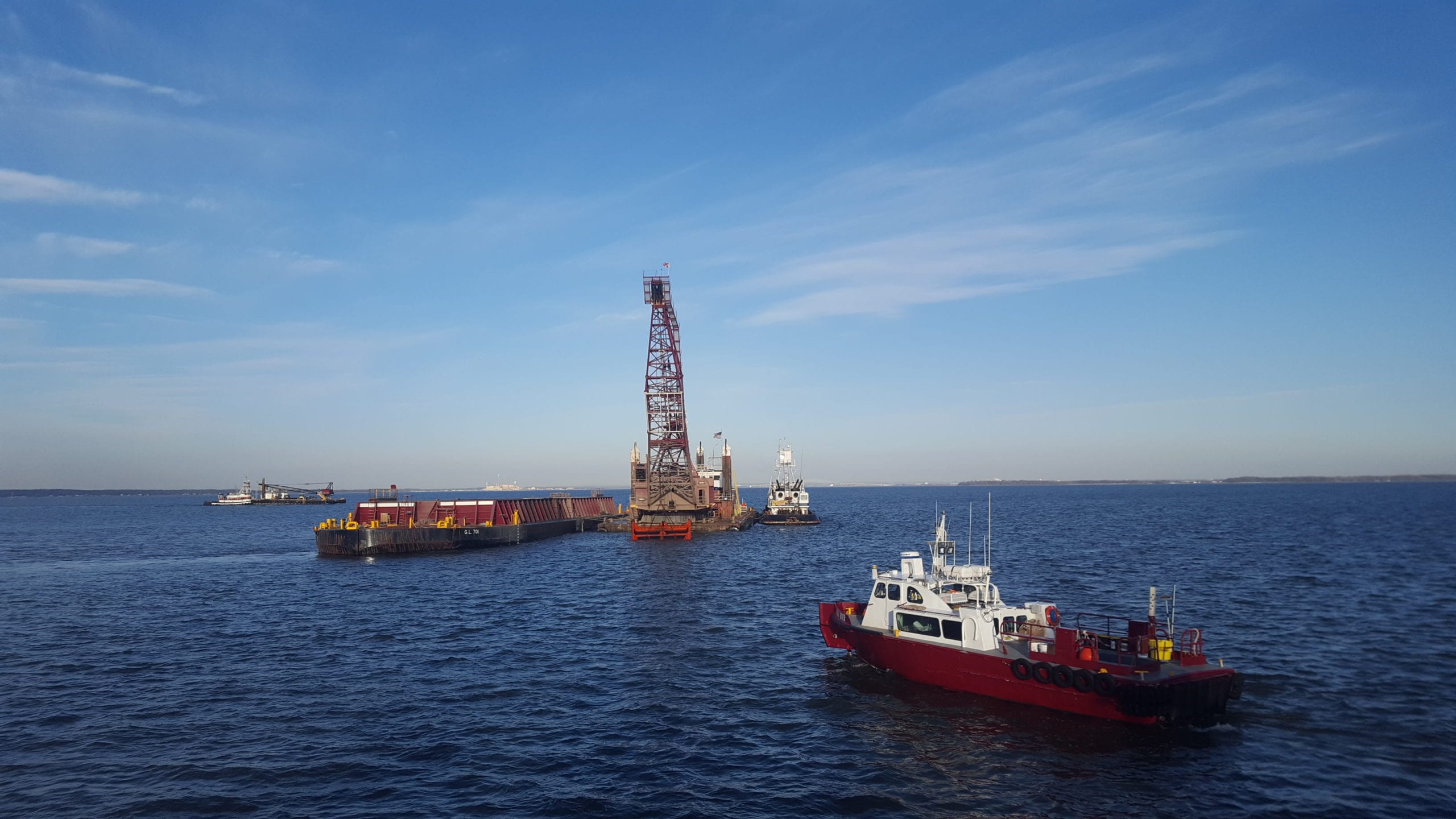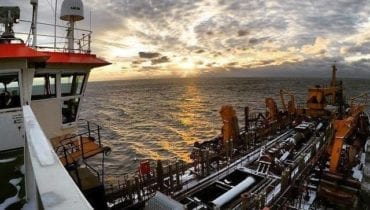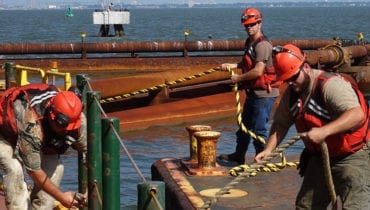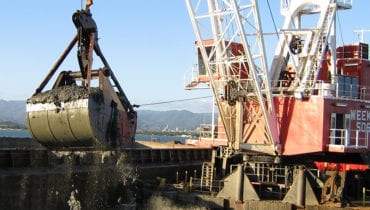(March 19, 2019)
Today, the U.S. Department of Homeland Security’s Cybersecurity and Infrastructure Security Agency (CISA) released guidance to help state and local jurisdictions and the private sector identify and manage their essential workforce while responding to COVID-19.
The Dredging Contractors of America (DCA) helped the federal government develop this first-of-a-kind guidance on Essential Critical Infrastructure Workers.
“This is why Government Coordinating Councils and Sector Coordinating Councils are so important. We commend CISA for utilizing the Critical Infrastructure Partnership Advisory Council and the Maritime Sector Coordinating Council in developing guidance on Essential Critical Infrastructure Workers,” said, William P. Doyle, Chief Executive Officer of the Dredging Contractors of America. DCA is a voting member of the Maritime Sector Coordinating Council.
CISA executes the Secretary of Homeland Security’s responsibilities as assigned under the Homeland Security Act of 2002 to provide strategic guidance, promote a national unity of effort, and coordinate the overall Federal effort to ensure the security and resilience of the Nation’s critical infrastructure.
“U.S. Dredgers are on call keeping our ports, harbors, waterways and gateways open during the crisis. We’ve developed safety and security protocols for mariners and workers on our ships,” DCA’s Doyle said. “Michael Gerhardt, Managing Director of the CDMCS is working closely with the US Army Corps and industry on protocol resources, The Council for Dredging and Marine Construction Safety COVID-19 Protocols can be viewed here.”
The list of Essential Critical Infrastructure Workers was developed in coordination with Federal agencies and the private sector as a guide to help decision-makers within communities understand how to ensure continuity of essential functions and critical workforce as they consider COVID-related restrictions in certain communities.
“As the nation comes together to slow the spread of COVID-19, everyone has a role to play in protecting public health and safety. Many of the men and women who work across our nation’s critical infrastructure industries are hard at work keeping the lights on, water flowing from the tap, groceries on the shelves, among other countless essential services,” said Christopher Krebs, CISA Director. “As the nation’s risk advisor, this list is meant to provide additional guidance to state and local partners, as well as industry, building on the President’s statement that critical infrastructure industries have a special responsibility to keep normal operations. We’re providing recommendations for these partners as they carry out their mission to keep their communities safe, healthy, and resilient. And on behalf of CISA, we thank the brave men and women who continue these essential jobs in challenging times.”
The dredging sector employs Critical Infrastructure Workers, fitting into many categories including but not limited to:
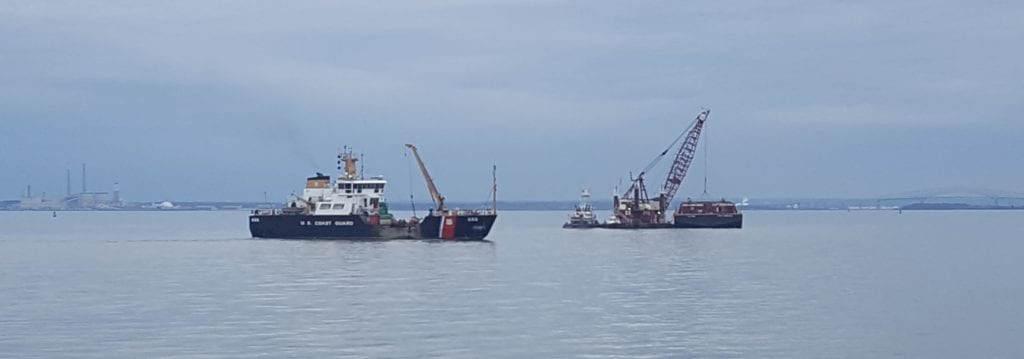
Under Transportation and Logistics
- Maritime: Maritime transportation workers – port workers, mariners, equipment operators.
Under Public Works: Workers who support the operation, inspection, and maintenance of essential public works facilities and operations, including bridges, water and sewer main breaks, fleet maintenance personnel, construction of critical or strategic infrastructure, traffic signal maintenance, emergency location services for buried utilities, maintenance of digital systems infrastructure supporting public works operations, and other emergent issues.
THE IMPORTANCE OF ESSENTIAL CRITICAL INFRASTRUCTURE WORKERS
Functioning critical infrastructure is imperative during the response to the COVID-19 emergency for both public health and safety as well as community well-being. Certain critical infrastructure industries have a special responsibility in these times to continue operations.
This guidance and accompanying list are intended to support State, Local, and industry partners in identifying the critical infrastructure sectors and the essential workers needed to maintain the services and functions Americans depend on daily and need to be able to operate resiliently during the COVID-19 pandemic response.
This document gives guidance to state, local, tribal, and territorial jurisdictions and the private sector on defining essential critical infrastructure workers. Promoting the ability of such workers to continue to work during periods of community restriction, access management, social distancing, or closure orders/directives is crucial to community resilience and continuity of essential functions.
TRANSPORTATION AND LOGISTICS
- Employees supporting or enabling transportation functions, including dispatchers, maintenance and repair technicians, warehouse workers, truck stop and rest area workers, and workers that maintain and inspect infrastructure (including those that require cross-border travel)
- Employees of firms providing services that enable logistics operations, including cooling, storing, packaging, and distributing products for wholesale or retail sale or use.
- Mass transit workers
- Workers responsible for operating dispatching passenger, commuter and freight trains and maintaining rail infrastructure and equipment
- Maritime transportation workers – port workers, mariners, equipment operators
- Truck drivers who haul hazardous and waste materials to support critical infrastructure, capabilities, functions, and services
- Automotive repair and maintenance facilities
- Manufacturers and distributors (to include service centers and related operations) of packaging materials, pallets, crates, containers, and other supplies needed to support manufacturing, packaging staging and distribution operations
- Postal and shipping workers, to include private companies
- Employees who repair and maintain vehicles, aircraft, rail equipment, marine vessels, and the equipment and infrastructure that enables operations that encompass movement of cargo and passengers
- Air transportation employees, including air traffic controllers, ramp personnel, aviation security, and aviation management
- Workers who support the maintenance and operation of cargo by air transportation, including flight crews, maintenance, airport operations, and other on- and off- airport facilities workers
PUBLIC WORKS
- Workers who support the operation, inspection, and maintenance of essential dams, locks and levees
- Workers who support the operation, inspection, and maintenance of essential public works facilities and operations, including bridges, water and sewer main breaks, fleet maintenance personnel, construction of critical or strategic infrastructure, traffic signal maintenance, emergency location services for buried utilities, maintenance of digital systems infrastructure supporting public works operations, and other emergent issues
- Workers such as plumbers, electricians, exterminators, and other service providers who provide services that are necessary to maintaining the safety, sanitation, and essential operation of residences
- Support, such as road and line clearing, to ensure the availability of needed facilities, transportation, energy and communications
- Support to ensure the effective removal, storage, and disposal of residential and commercial solid waste and hazardous waste
OTHER COMMUNITY-BASED GOVERNMENT OPERATIONS AND ESSENTIAL FUNCTIONS
- Workers to ensure continuity of building functions
- Security staff to maintain building access control and physical security measures
- Elections personnel
- Federal, State, and Local, Tribal, and Territorial employees who support Mission Essential Functions and communications networks
- Trade Officials (FTA negotiators; international data flow administrators)
- Weather forecasters
- Workers that maintain digital systems infrastructure supporting other critical government operations
- Workers at operations centers necessary to maintain other essential functions
- Workers who support necessary credentialing, vetting and licensing operations for transportation workers
- Customs workers who are critical to facilitating trade in support of the national emergency response supply chain
- Educators supporting public and private K-12 schools, colleges, and universities for purposes of facilitating distance learning or performing other essential functions, if operating under rules for social distancing
- Hotel Workers where hotels are used for COVID-19 mitigation and containment measures
DEFENSE INDUSTRIAL BASE
- Workers who support the essential services required to meet national security commitments to the federal government and U.S. Military. These individuals, include but are not limited to, aerospace; mechanical and software engineers, manufacturing/production workers; IT support; security staff; security personnel; intelligence support, aircraft and weapon system mechanics and maintainers
- Personnel working for companies, and their subcontractors, who perform under contract to the Department of Defense providing materials and services to the Department of Defense, and government-owned/contractor-operated and government-owned/government-operated facilities
The Full guidance is available at below weblink:
IDENTIFYING CRITICAL INFRASTRUCTURE DURING COVID-19
